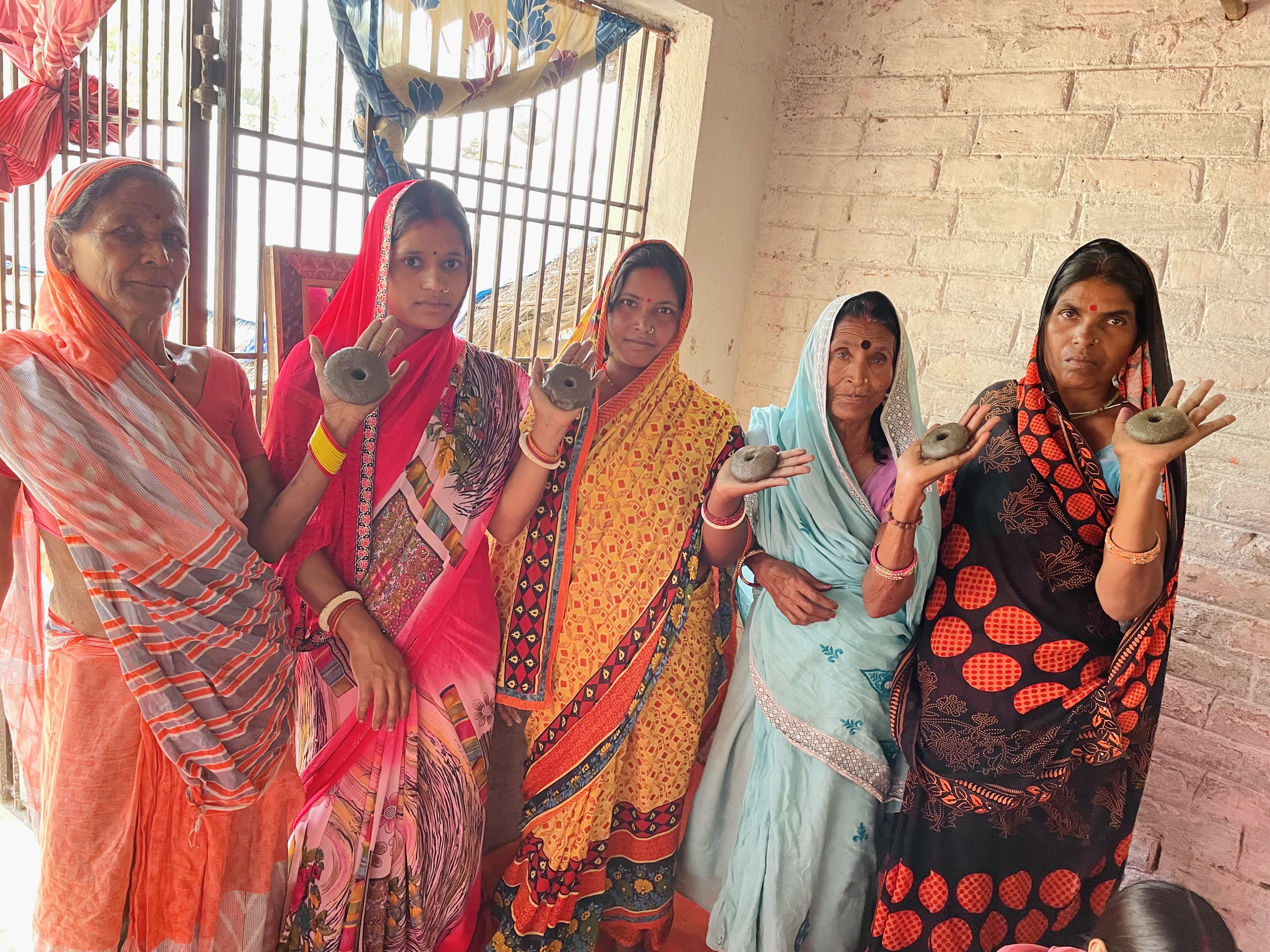Bihar

Current Project
Vaishali Socio Economic Development (VSED) Project
The overarching goal of the Vaishali Socio Economic Development (VSED) Project is to empower 800 women farmers -200 directly while reaching out to 600 indirectly by improving their economic livelihoods and building awareness of improved animal management practices.
Asset India
Specific Objective 1
Improving Productivity in Goats with focused intervention through breeding bucks:
Improving Productivity in Goats with focused intervention through breeding bucks: Productivity in Goats is being improved by adoption of improved goat management practices with focus on breeding management.
Specific Objective 2
Social Capital Building
Emphasis of the project is on organizing producers into Self Help Groups (SHG) where they can collectivize for business and social position in the community.
Specific Objective 3
Building Entrepreneurship and Extension Services
Rural entrepreneurs or Community Agro Veterinary Entrepreneurs (CAVEs) are being trained for last mile veterinary service delivery for livestock /goat management. The trained CAVEs will expand their services reach out farmers beyond their clients (SHGs and individual households). Besides, entrepreneurship trainings to CAVE, support them with kit to start business wherever needed. Campaigns promoting deworming and vaccination of livestock and birds will further support the entrepreneurs with demand creation.
VSED Contributes to United Nations Sustainable Development Goals
The VSED Results Framework and Performance Pathways contributes to seven of the United Nations’ Sustainable Development Goals (SDGs). VSED harnesses the power of inclusive market systems to contribute toward ending poverty and hunger while caring for the Earth over the project period and beyond. Recognizing that solutions to challenging problems like social inclusion, poverty, and hunger are context-specific and require fully integrated gender programming.
Sustainable Development Goals
- SDG1 – No Poverty
- SDG2 – Zero Hunger
- SDG5 – Gender Equality
- SDG8 – Decent Work & Economic Growth
- SDG13 – Climate Action
- SDG16 – Peace, Justice & Strong Institutions
- SDG17 – Partnerships for the Goals
Past Project
ASSET & W partnered with Mithila Gram Vikas Parisath (MGVP) and provided technical assistance on Improved Animal and Resource Management and Natural Farming to the communities in Kiratpur and Ghanshyampur villages in Darbhanga, Bihar.
The objective of the initiative was to promote natural farming and improve animal management practices to strengthen livelihoods of small-holder farmers. The project communities were trained on animal shed development and fodder storage. Innovative models in accordance with Heifer guidelines were promoted, to create goat sheds which could accommodate upto 100 goats, and cattle sheds which can accommodate up to 5 cows with provision for expansion.
Breed improvement of cows and goats was also promoted. In natural farming, farmers were trained in soil health, symbiotic micro-organisms, treatment of seeds and fodder farming among others.